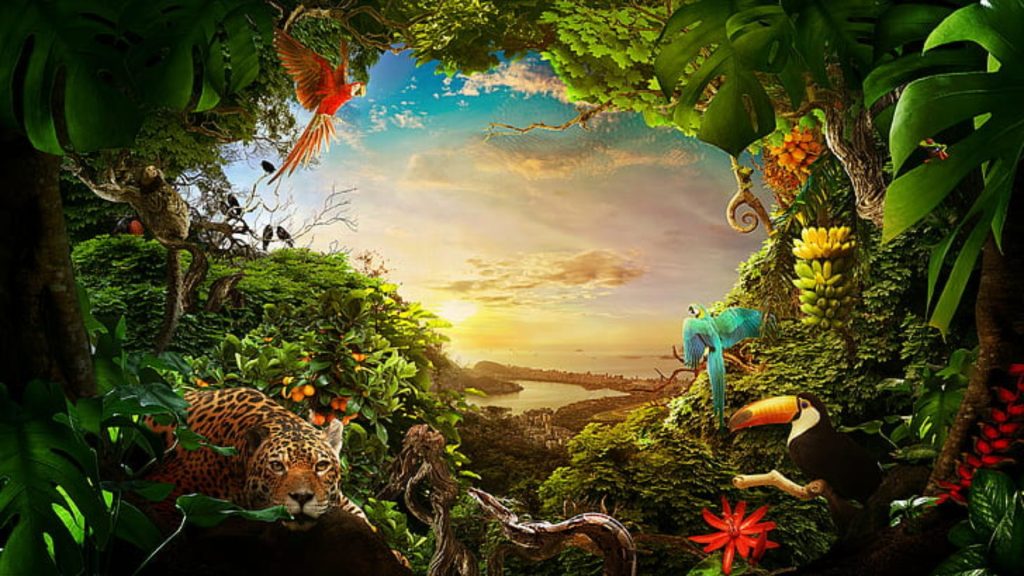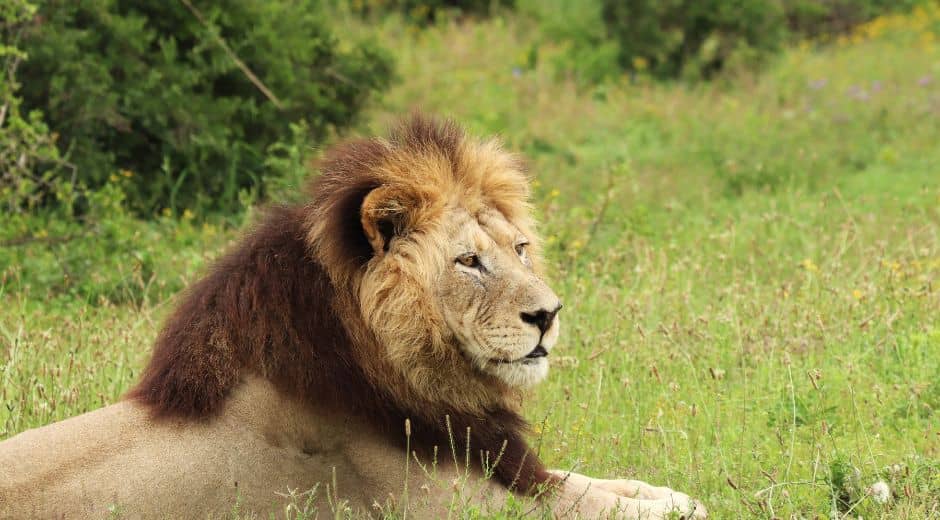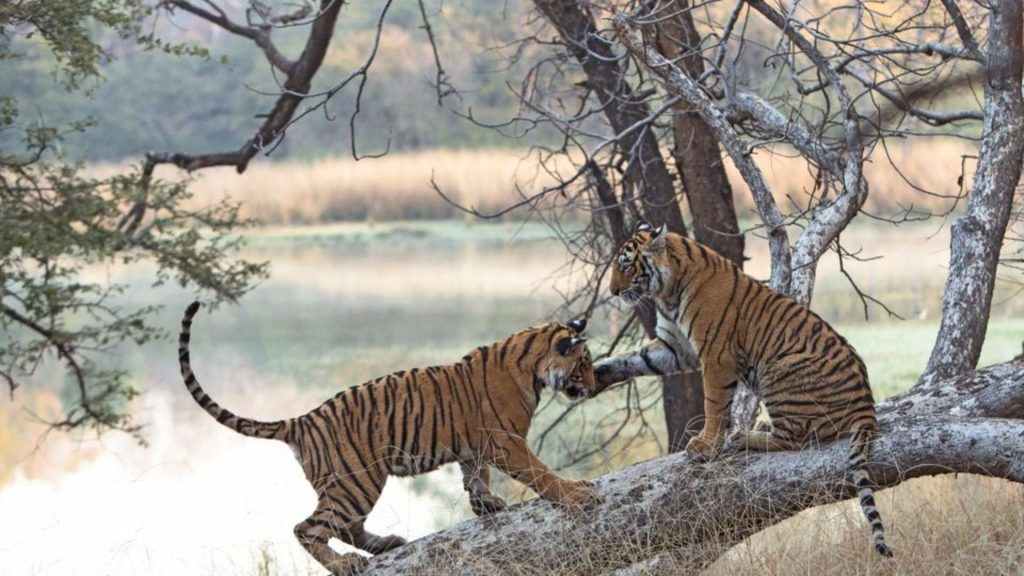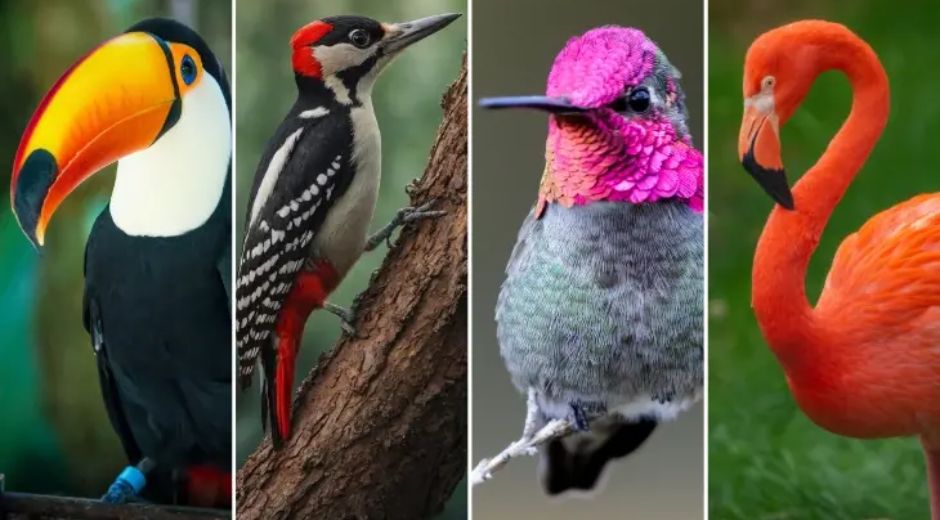Life Beneath the Canopy: Hidden Creatures of Dense Jungles
Life Beneath the Canopy: Hidden Creatures of Dense Jungles
In the heart of the world’s tropical jungles, beneath towering layers of greenery and mist, there exists a world rich in movement, color, and interdependence. To an outside observer, a jungle might seem overwhelming or chaotic. Yet within this dense network of vines, trees, moss, and soil, a delicate structure holds everything together. Every sound, every movement, every breath contributes to the complex tapestry of Life thriving under the canopy.
These forests are among the most biodiverse environments on the planet. Their layered structure creates unique zones, each home to species that have adapted in extraordinary ways. Some animals never touch the ground; others rely on complete darkness below. Understanding these environments requires shifting our perspective—from looking at the jungle as one place, to recognizing it as many worlds combined into one.
The Upper Canopy: A City of Branches and Leaves
High above the ground, where sunlight filters in generous waves, branches interlock like natural bridges. This upper layer of the jungle could easily be compared to a busy city. Birds with striking feathers travel from limb to limb. Small mammals leap gracefully across gaps that would seem impossible to any ground-dweller. Certain insects live their entire Life among the leaves, never needing to descend.
Many of these canopy-dwellers have evolved exceptional tools. Spider monkeys use prehensile tails like additional limbs, allowing them to balance and maneuver in places where one wrong move could mean falling dozens of meters. Gliding frogs are able to drift through the air with skin flaps stretched between their limbs. These creatures are perfectly tuned to a realm of wind, movement, and height.
The canopy is not only a home—it is a thriving marketplace of food, shelter, and communication. Flowers rely on insects and birds to spread pollen. Fruits are designed to be eaten, swallowed, and carried far away before seeds are dropped, supporting new growth. In this world, Life moves with purpose and rhythm.
The Mid-Layers: A Suspended Web of Connection
Below the canopy but above the ground lies a region of winding vines, creeping plants, and suspended roots. This mid-layer acts as a vast network, linking one tree to another. Epiphytes—plants that cling to bark and branches—use moisture from the air instead of soil. Mosses and lichens thrive in near constant humidity. This suspended world can feel dreamlike: half-shadowed, interwoven, and endlessly branching.
Small reptiles, tree snakes, and climbing mammals move stealthily here, using layers of vegetation as natural pathways. Predation and defense take on a slower, quieter form. Camouflage is the greatest shield. A leaf-tailed gecko, for example, can remain motionless for hours, blending so well into bark that even trained eyes struggle to find it.
This level of the jungle demonstrates how Life adapts to survive with minimal light and strong competition. Every space is used. Every niche is claimed. Every organism plays a role—whether as predator, prey, pollinator, or decomposer.
The Shadowed Forest Floor: A Hidden World of Movement
Far below the sunlit canopy, the ground remains dim and moist. Fallen leaves pile in thick layers, slowly decomposing into nutrient-rich soil. Here, activity happens in silence. Insects burrow. Ants march in coordinated patterns. Small mammals search for seeds and roots. Tiny amphibians rest under wet stones and piles of moss.
The forest floor is one of the most essential components of maintaining jungle Life. It is the recycling center of the ecosystem. Every fallen branch, plant, or body returns nutrients to the soil through the work of fungi, bacteria, and invertebrates. Without this continuous breakdown process, the entire jungle above would collapse from lack of nourishment.
Some species, such as army ants, demonstrate remarkable cooperation. Their colonies act almost like a single organism, weaving living bridges and traveling in massive coordinated formations. They influence everything around them—from shaping soil structure to determining where other animals travel.
Interdependence: The Thread That Connects All Jungle Worlds
What makes the jungle extraordinary is not simply its variety of species, but how those species interact. Fruits ripen precisely when certain birds migrate. Flowers open at night for specific pollinators. Even competition has balance. Predators prevent populations from growing too large. Plants compete for sun, yet create shelter for animals in doing so.
But this harmonious system is fragile. When one species declines or disappears, the effects ripple through the food web. This chain reaction can destabilize entire ecosystems.
The Need for Conservation and Global Awareness
Tropical forests are disappearing rapidly due to deforestation, mining, agriculture, and urban expansion. Each hectare lost takes with it thousands of organisms—many of which have not even been identified by science yet. Conservation efforts are not simply about protecting nature for aesthetic value; they are about safeguarding the systems that regulate climate, rainfall, and biodiversity worldwide.
Organizations like World Animal Protection work to protect habitats and wildlife from harm. More information about their conservation efforts and global programs can be found at:
https://www.worldanimalprotection.org/
Meanwhile, modern technology has begun to play a significant role in studying and preserving forests. Satellite imaging, acoustic sensors, and AI-based pattern analysis allow scientists to monitor wildlife populations and detect illegal activity. Platforms such as:
https://techtazz.com/
share insights into technological tools that may support these conservation strategies.
For more insights into wildlife behavior and ecosystem research, readers can explore additional articles at:
https://zoopora.com
Conclusion
The jungle is not simply a place; it is a living structure, shaped by relationships, adaptation, and constant renewal. From the highest branches to the darkest soil, every creature contributes to the balance that sustains Life across the entire ecosystem.
What we choose to protect today will define what future generations are able to witness, study, and learn from. Preserving jungles means preserving mystery, wonder, and the unbelievable beauty of the natural world.
Wildlife Behavior Curiosity

Training and Trust: Building a Stronger Bond with Your Pet
Discover why biodiversity is vital for ecosystems, climate balance, and human survival, and how conservation protects life’s intricate web.

Biodiversity: The Foundation of Earth’s Living Systems
Discover why biodiversity is vital for ecosystems, climate balance, and human survival, and how conservation protects life’s intricate web.

Adaptation: How Animals Evolve to Survive Changing Worlds
Explore how adaptation helps animals survive climate shifts, predators, and new environments, revealing nature’s incredible resilience.












